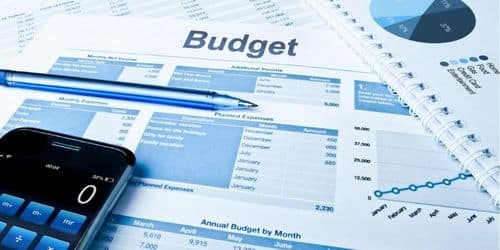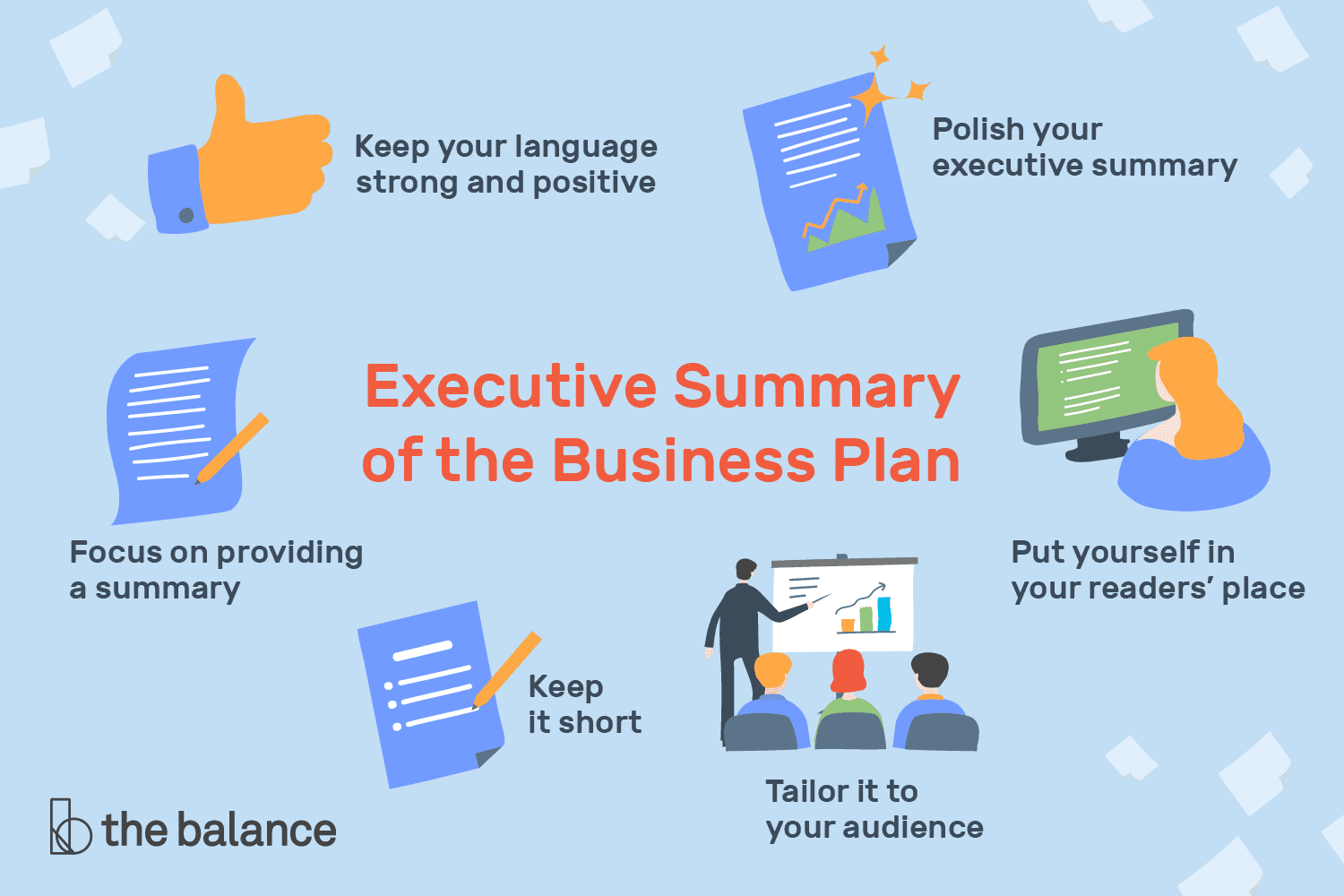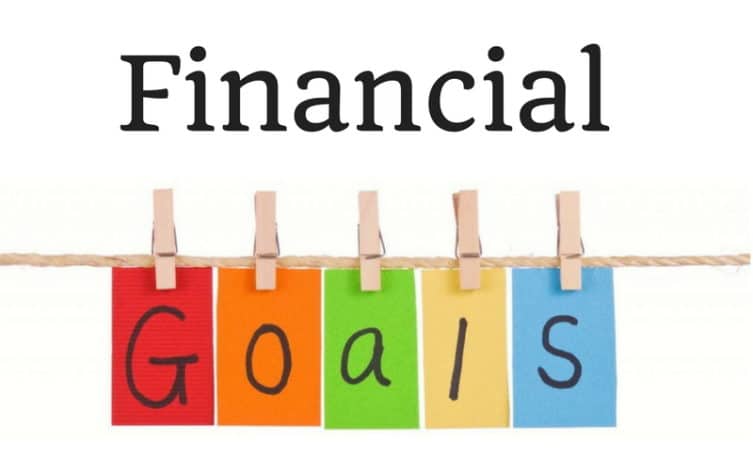Keeping accurate records of a business’s income and expenses can be an important part of its ability to make money and grow. Most businesses use a budget to handle this important and time-consuming task. Hence, with the help of a budget, a business can better plan and document the flow of money into, out of, and throughout their organization, which can support overall profitability. As a means of assisting you in the formulation and administration of your own budget, we will first define the term “business budget,” then discuss the various types of budgets and an example on how to create a budget. Keep reading!
What Is a Business Budget?
Business income and expenditures can be planned for with the help of a budget. It estimates how much money will be needed for each project and where that money will come from. A budget can be made for a specific event or project, or for a specific time period, such as a monthly or annual budget. They provide guidance on how money should be allocated, allowing those with buying power to better coordinate their efforts.
In addition, business budgets track income and expenses to predict future profit. To cut costs and boost profits, businesses may want to track overhead and one-time expenses. A budget can also help them find ways to earn more. Companies often have a master budget and departmental budgets to manage their share of the company’s finances.
Budget periods help companies track finances and set short-term goals. A budget usually covers one year, four quarters, and several months. That is to say, to track money flow over time, companies revise their budgets at the start of each year and carry over financial growth and profit. Also, budgeting software and online tools help organizations balance and plan budgets.
What Is Budget Format?
When we talk about budgeting formats, we’re referring to things like the organization of budget data, the documentation standards for requesting funding, and the types of inquiries made by reviewers.
Budget for a Business Example
When you are working to get your finances back on track, it can be helpful to look at any example of a business budget as you make your plans. So, if you have a better idea of what other people are including in their budgets, you can make sure you haven’t left anything out.
When I first started making budgets, I found that looking at other people’s budgets as a business budget example was very helpful in teaching me what should be included in my own. In light of this, I will provide you with an example of a business budget to ensure that you can include everything the very first time you do it. This can be of tremendous assistance in preventing forgotten expenses, which can throw off your budget if you don’t keep track of them.
Example 1
Here is an example budget for a business based on a $34, 000 annual post-tax salary to help you visualize a starting point for your budget.
| Expense | Monthly Cost |
| Health Insurance | $55 |
| Food/groceries | $200 |
| Personal care | $100 |
| Holidays/vacation | $50 |
| Hobbies | $50 |
| Toiletries | $70 |
| Renters insurance | $30 |
| Gas | $100 |
| Emergency fund | $150 |
| Gifts | $50 |
| Taxes | $200 |
| Rent Payment | $2, 000 |
| Internet | $60 |
| Phone bill | $50 |
| Home Expense | $200 |
| Extra fees | $100 |
| Charity | $200 |
| Monthly Total | $3,140 |
| Annual Total | $37,680 |
Also see: BUSINESS BUDGETING TOOLS: All You Need to Know
Types of Budgets in Business
Every company has its own special qualities. However, there is no universally applicable method of budgeting. There are a variety of types of business budgets structure available for use in business. They are:
#1. Master Budget
A master budget is the sum of the budgets created by the diverse operational areas of an organization. This is one of the types of business budgets that uses financial statements, the cash flow forecast, and the financial model as inputs. Here, the management teams plan the activities required to achieve their organization’s objectives using master budgets. In larger organizations, senior management is responsible for developing multiple versions of the master budget prior to its finalization. When the final review is complete, funds can be allocated to specific business activities. Spreadsheets are frequently used by smaller businesses to create their master budgets. However, replacing spreadsheets with efficient budgeting software can typically reduce errors.
#2. Operating Budget
In order to keep your business running efficiently, you need a budget called the operating budget or operational budget. This is one of the types of budget business that specifies the funds available to pay for operational costs so that your company can continue making money.
Expenses that aren’t directly related to running a business are also included here. Hence, to ensure that the company has adequate funding to launch operations, an operating budget is developed at the start of the fiscal year.This budget proposal is also intentionally kept loose due to the volatile nature of the business world.
#3. Cash Budget
A cash flow budget estimates the amount of money that enters and exits a business over a specific time period. This is one of the types of budgets in business that created by organizations using presumptions from sales figures and production, as well as assessing receivables and payments.
In addition, this budget information can help you determine if you have sufficient liquid cash to operate, if your funds are being utilized effectively, and if you are on track to earn a profit.
#4. Financial Budget
A company’s financial budget is the second most important budget after the operating budget. It calculates the company’s expected short-term and long-term cash outflow and inflow. The company’s funding needs are also factored in.
This is also one of the types of business budgets used by businesses to figure out how much money they need to invest in assets, liabilities, and equity.
#5. Labor Budget
How much they plan to cut their debt and liabilities and how much they plan to put toward investments and equity. A labor budget is essential for any company that intends to expand its workforce to achieve its goals. In addition, it helps you determine the workforce necessary to achieve your objectives, allowing you to plan the payroll for all of the required employees. It not only helps you plan regular staffing, but it also assists you in allocating expenses for seasonal workers.
#6. Sales Budget
This is one of the types of business budgets that outlines how much money will be spent on selling a product over the course of a year or quarter, as well as any ongoing costs that may be incurred. This budget is based on research into sales forecasting methods. All of the things that are needed to boost sales of a product are included in this type of budget.
Basically, inventory is the most essential thing as it shows how much inventory needs to be kept on hand to make sure sales keep coming in.
#7. Static Budget
This budget, as the name implies, is based on projected steady-state income and expenditures for the coming year. The budget items here can serve as targets to shoot for regardless of whether or not sales are up or down. Nonprofits, universities, and government agencies with set funding allocations often use static budgets to plan their operations.
#8. Cash Flow Budget
A cash flow budget, also known as a “cash budget,” is a financial plan that predicts how much money will come into and go out of a business over a specific period. This financial plan was built on data from past years about who owed money and who owed money.
This is also one of the types of business budgets that let you evaluate the company’s current liquidity, its ability to meet its financial obligations, and how well it uses the resources it has.
Also see: 7 Practical Budgeting Tips to Save Money
How to Create a Budget for a Business
The health of your business, both financially and operationally, can depend on how well you stick to your budget. Here’s how to create a business budget that can help your business succeed:
#1. Obtain Details on Past Expenditures
To create a business budget, make a full list of all your business income and expenses, based on how much you spent and made in the past. Do not forget to factor in both one-time expenses and regular bills. Also, to obtain the desired amount of money, subtract your expenses from your income.
To account for the lack of historical data on expenses, it is best to use conservative estimates when creating the first budget for a startup. At the beginning of a company’s life, it’s best to put more money into a budgetary fund so that the business can handle the first shocks. Over time, you will get a better idea of what your regular and irregular expenses are.
#2. Record your Income
To create a budget statement for a business, keep track of the amount and timing of incoming funds. However, if you do not have a consistent source of income, you should determine an average amount.
Also, create a list of all the sources of income, including the following:
- how much
- where from
- how often
#3. Integrate a Computer System Into Your Budgeting
If you put all of your financial information into an application or software program, it will be much easier to report on your budget. Also, there is a link between using automated budgeting methods and getting more accurate and on-time financial projections. They are also useful for comparing expected and actual revenue and spotting patterns.
#4. Consider Your Details Carefully
Before you create a business budget, it’s critical to keep tabs on expenses, budgets should also provide a glimpse into the bigger picture of where money is going.
Furthermore, it can be challenging to identify trends and properly classify costs when there is an abundance of detail. A business’s adaptability to changing circumstances can also be constrained by a budget that specifies every dollar and where it should be spent.
#5. Set Your Savings Goal
You can use your budget to help you save money and reach your financial goals. Once you know how much money you have overall, you can decide how much of your “wants” money you want to put away.
A savings account acts as a safety net against unforeseen costs. It’s important to save something, even if it’s a small amount every week.
What Are the 5 Basic Elements of Budget?
They include:
- Estimated earnings:This is the amount you anticipate your company to earn from the sale of goods and services.
- Fixed expense: This is when a business pays the same amount on a recurring basis for a particular expense, it incurs a fixed cost.
- Variable costs.
- One-time expenditures.
- Funds flow.
- Revenue.
What Are the Six 6 Principles of Budgeting?
Certain cardinal principles need to be kept in mind at all times in order to guarantee that using a budget as a tool for making managerial decisions in an efficient manner. These principles are as follows:
- Management Support
- Employees Engagement
- A Statement of the Goals and Responsibilities of the Organization Accounting
- Organizational Chart
- Versatility
The TakeAway
A budget helps your business. It allows you to predict cash flow, enhance functional areas, and operate efficiently. Successful businesses invest a great deal of time and energy in the creation of realistic budgets because they are an efficient means of monitoring goals. Due to the lack of historical data, it can be difficult for startups to create a budget. However, with the tips in this article on how to create a business budget, you will be able to complete your first budget and have a solid road map for budget planning.
References
- Vancity.com
- oecd.org
- gktoday.com
- yourarticlelibrary.com
Related Articles
- BUDGET MANAGEMENT TOOLS: Definition, and Best Budget Management Tools
- FINANCIAL GOALS 2023: The Complete Guide for Students and Businesses (+ quick tips)
- 7 Practical Budgeting Tips to Save Money
- BUSINESS BUDGETING TOOLS: All You Need To Know, Types and Free Budgeting Tools
- MARKETING STRATEGIES FOR ECOMMERCE BUSINESS






